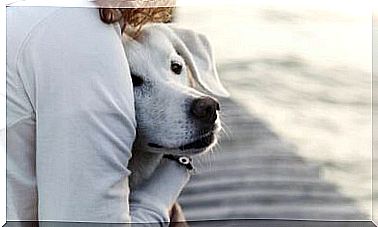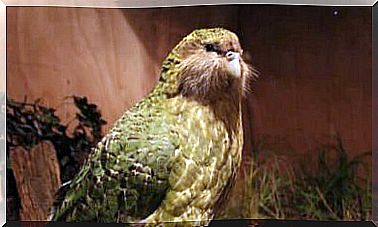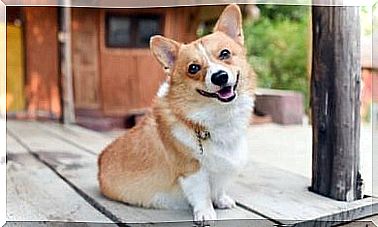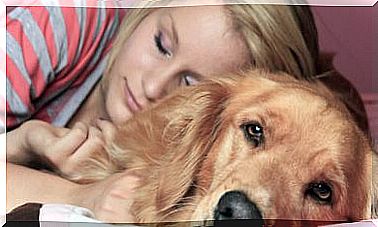What Your Dog’s Tail Communicates

The tail of your dog can express feelings or show that your dog is on alert.
Since animals cannot speak, they use other ways to show their emotions. In this article, we’ll explain what your dog’s tail communicates. And that’s more than interesting!
What your dog wants to tell you with his tail
Dogs use their tails to express their health or emotions. That is why it is very important to know what each movement means. A very fascinating subject without a doubt!
Although a dog communicates in many different ways, either with the eyes, with the body, or with the ears, the tail is still its main means of communication.
This is why it is so important that you understand how your dog uses it to communicate with you. So you can understand him better and give him what he needs.
Your dog communicates a lot of information through its tail. Depending on the occasion, this is expressed in different positions or movements. In this way he expresses what mood he has, his desire to play, how comfortable he feels in a situation, whether he is afraid or happy. In addition, it also provides a lot of other information.
It is really interesting to analyze how a dog’s tail is a kind of gauge of its emotions. And even more interesting is the fact that it makes a difference whether he swings his tail right or left.
When he is happy the first move will be to the right, but when he feels threatened he moves his tail to the left first. A dog’s tail is directly connected to its brain!
How your dog communicates through its tail: meaning of each movement
There are various tail movements or postures that express what your dog is feeling or thinking at that particular moment. These are the most common:
1. Relaxed posture
This attitude means that your dog is calm, that he is comfortable in the situation and that he is not worried about anything. If he makes slight movements, it is also a sign of calm.

2. Tail bent downwards
This posture of the tail is usually accompanied by other signs. Usually the dog’s ears are also closed and the animal makes itself small.
This behavior means that the dog is scared or feeling stressed. If the animal is moving its tail sideways, it is an indication that it is not sure what is going on.
3. Tail caught between legs
This is one of the most popular dog tail poses. You have surely seen this in your dog before on a stormy night. But you can also see this tail position in street dogs. The meaning is simple: the animal is very afraid.
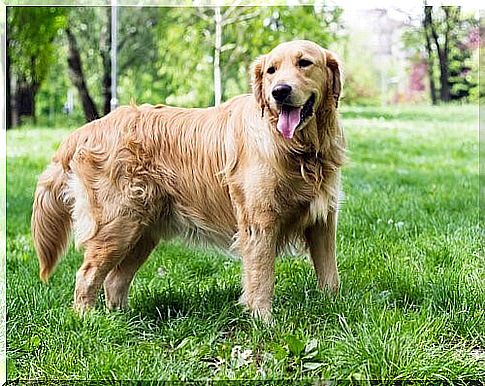
4. Rigid tail
If the dog’s tail is rigid and parallel to the ground, it is because the dog is in an alert position. He then usually observes something that can be dangerous or threatening. Often the tail is in this position in hunting breeds such as the beagle.
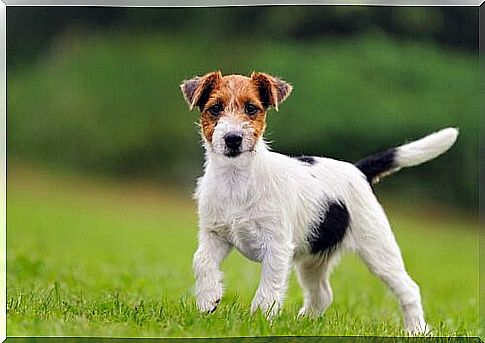
However , other emotions can also be demonstrated with the rigid dog’s tail . The exact meaning depends on the particular tail movement. If the movements are gentle, this can be an indication of nervousness. If the movements are quick, it may indicate that your dog is in a state of restlessness, excitement, or extreme alertness.
5. Stand up position
This posture indicates that your dog feels very safe, even though he is also on the alert at the same time. This can happen, for example, when he meets another dog in the park.
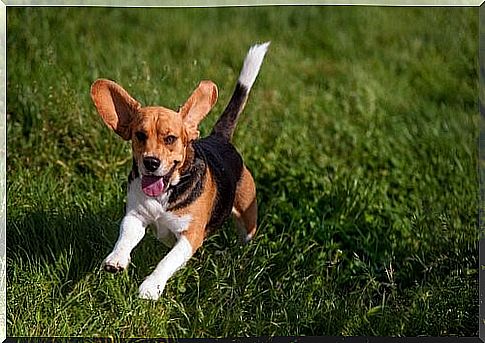
6. Tail halfway up with quick movements
You probably already know what that means because you see this movement every day when you come home from work or when you are playing with your dog in the park. It is the typical sign that your dog is happy!
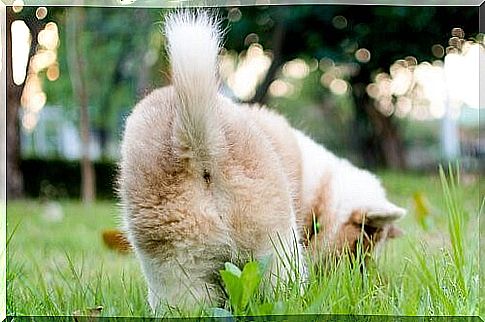
You may be wondering how this applies to breeds that have a short tail (such as the cocker spaniel) or a curved tail (such as the spitz). The former can move their tail and show some emotion, but the latter is a little more complicated.
If your dog’s tail is curved upwards or has even been amputated, you will need to pay attention to other physical signals. Ears and posture are the easiest to interpret.
